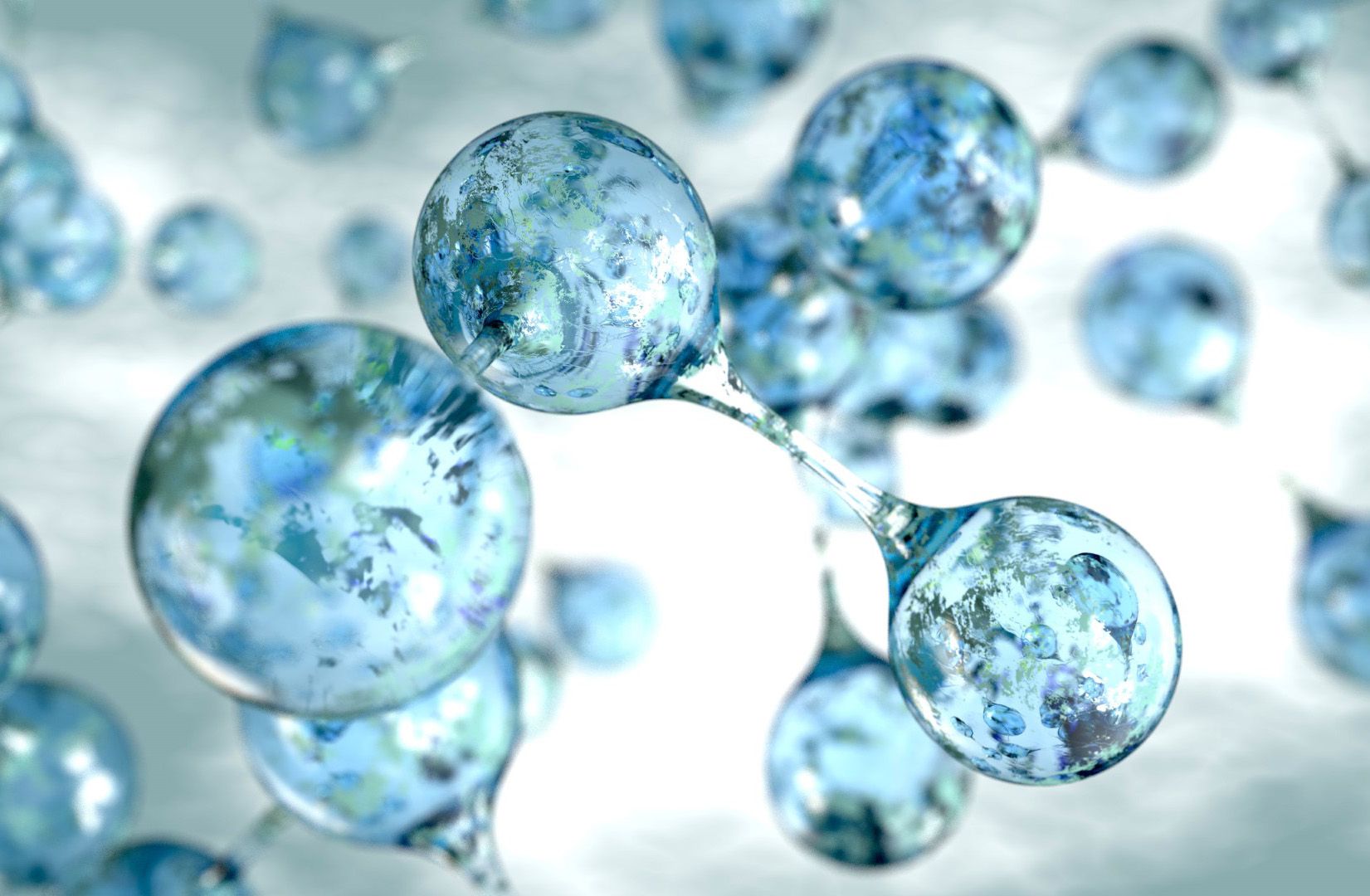TEST LINE #1
High-temperature electrolysis
Offering testing services from the cell to the system level providing coherent and comprehensive outputs for low-TRL SOEL and PCCEL technologies.
TEST TYPES
- Performance (V-I) and galvanostatic long-term experiments.
- Electrochemical Impedance Spectroscopy (EIS) at cell level: JRC and other protocols applied.
FURTHER SERVICES
- Postmortem characterization of the cells and stacks.
- Roundtrip evaluation.
SHOWCASE #1
Solid Oxide Electrolysis Cell (SOEC)
Showcase 1 is an opportunity to test lines 1, 8, and 9, enabling the creation of a case study that can serve as a reference for startups and SMEs looking to leverage these services. By validating different aspects of high-temperature electrolysis, this initiative will provide key insights into the technical feasibility, design optimization, and environmental impact of this cutting-edge hydrogen production mnsdbasnmbdasbdmasdn
H2B2 is developing a high-temperature electrolysis stack [DMA1] designed to produce low-carbon hydrogen more efficiently. This innovative system leverages Solid Oxide Electrolysis Cells (SOECs), which operate at 800-900°C, significantly reducing the electrical energy required for hydrogen production compared to conventional electrolysis technologies.
A key innovation in this stack is the integration of 3D printing technology in the manufacturing process. Using stereolithography (SLA), H2B2, in collaboration with IREC, has developed corrugated electrolyte membranes, enhancing hydrogen output and mechanical stability while maintaining a compact stack design. This breakthrough optimizes performance, simplifies component integration, and improves the system’s overall efficiency and cost-effectiveness.
Cells and stacks characteristics
-
Cell size
112 x 77 mm2
-
Stack size
120 x 80 x X mm3 (X depends on the number of cells)
-
Electrolyte thickness
250 μm
-
Electrolyte material
3YSZ or 8YSZ
-
Electrode materials
Fuel electrode: Ni-YSZ / Oxygen electrode: LSM-YSZ
Cells and stacks operating conditions
-
Operating temperature
850-900 ºC
-
Operating pressure
Atmospheric pressure
-
Fuel composition
From 95/5 to 50/50 H2O/H2
-
Air composition
79/21 N2/O2
-
Fuel flow
From 3 to 20 NmL/min/cm2/cell
-
Air flow
From 0.5 to 3 times the fuel flow
-
Current density
At 900 ºC, 0.45 A/cm2 at 1.3 V
Test Line 1 focus
Within Test Line 1, IREC will conduct the technical evaluation of the SOEC stack. Electrochemical testing, including current-voltage characterization and long-term durability tests at 850–900°C, will provide critical data on efficiency and performance. The findings will help fine-tune the design of the stack and validate its operation under realistic hydrogen production conditions.




